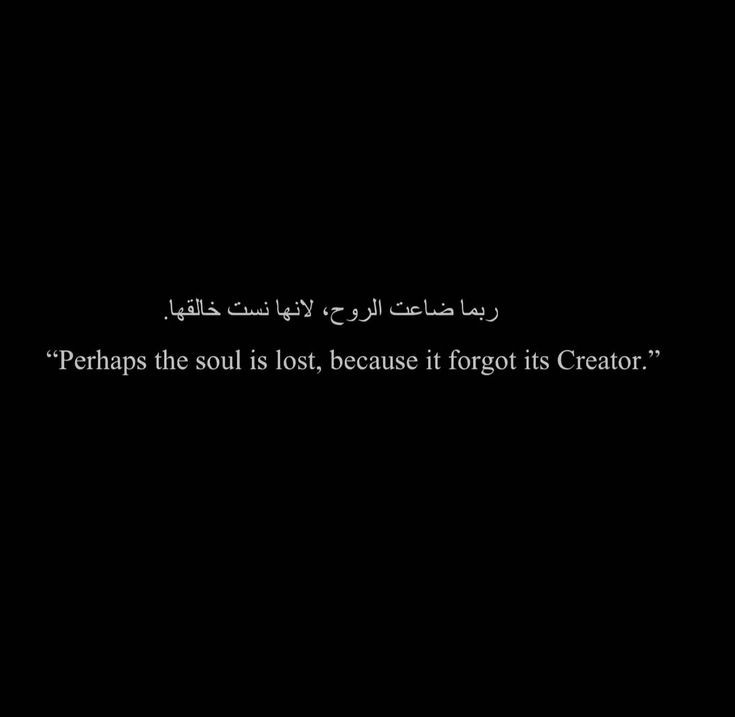Blood (2.2.3)
Cards (6)
- Blood is made up of plasma, red blood cells, white blood cells and platelets.
- Plasma ● This is liquid that carries the components in the blood: red blood cells, white blood cells, platelets, glucose, amino acids, carbon dioxide, urea, hormones, proteins, antibodies and antitoxins
- 2. Red blood cells ● They carry oxygen molecules from the lungs to all the cells in the body ● Their bioconcave disc shape provides a large surface area ● They have no nucleus allowing more room to carry oxygen ● They contain the red pigment haemoglobin, which binds to oxygen and forms oxyhaemoglobin
- 3. White blood cells ● They are a part of the immune system, which is the body’s defence against pathogens (microorganisms that can produce disease) ● They have a nucleus
- ● There are a number of types: ○ 1- Those that produce antibodies (small proteins that clump them together) against microorganisms ○ 2- Those that engulf and digest pathogens ○ 3- Those that produce antitoxins to neutralise toxins (poisons) produced by microorganisms
- Platelets ● They help the blood clot form at the site of a wound ● The clot dries and hardens to form a scab, which allows new skin to grow underneath while preventing microorganisms from entering ● Small fragments of cells ● No nucleus ● Without them, cuts would result in excessive bleeding and bruising
